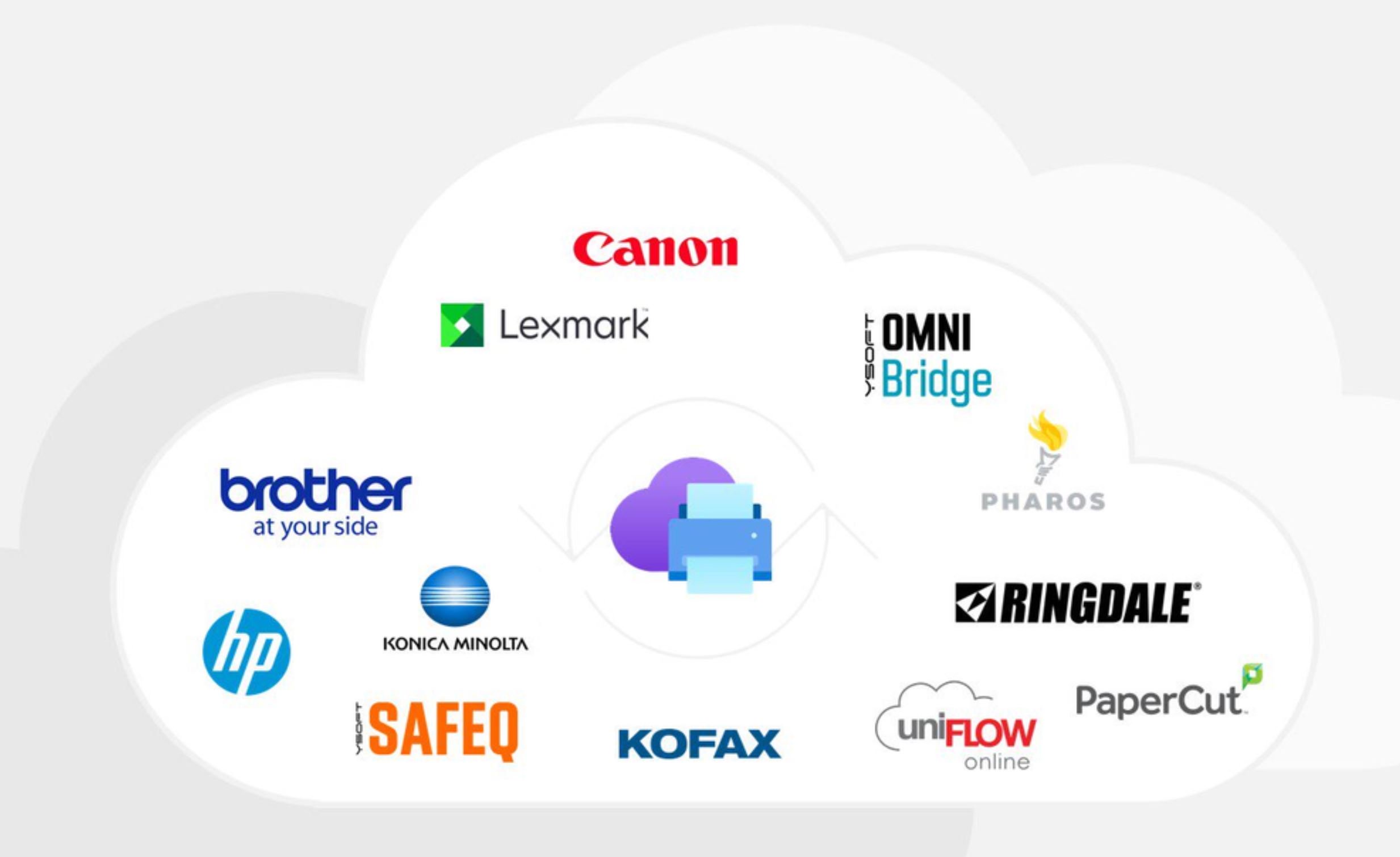
In March this year, Microsoft officially announced Universal Print, a cloud-based print infrastructure that will enable a simple, rich and secure print experience for users and help reduce time and effort for IT. In July, Microsoft announced the public preview of Universal Print from data centers in North America, Europe, and Asia Pacific. Microsoft today detailed the licensing options available for Universal Print. Customers with the following licensing subscriptions are eligible to participate in the Universal Print public preview:
- Windows 10 Enterprise E3 or E5
- Windows 10 Education A3 or A5
- Microsoft 365 Enterprise E3 and E5
- Microsoft 365 Education A3 and A5
If you have Office 365 and/or Enterprise Mobility + Security subscription, but not Windows 10 E3, E5, A3 or A5, you are not eligible for Universal Print. Microsoft will also bring this service to Microsoft 365 F3 and Microsoft 365 Business Premium subscribers in the future.
Universal Print offers the following for end users:
- Eliminates the need to install printer drivers because it is built into the Windows experience
- Helps you to find printers both near and outside of your current location
- Enables print from zero-trust networks via single sign-on (SSO) when connected to the internet and authenticated to Azure Active Directory (Azure AD).
For IT professionals, Universal Print offers the following:
- A print solution to unblock the move to the cloud and support print for Azure AD users.
- Managed printing in zero-trust networks.
- Eliminates the need to manage print servers or the need for complex hybrid print solutions.
- A centralized portal that enables robust management capabilities.
- Visibility and insights into your print with reporting.
- Print data stored in the same manner as other Microsoft Office data, in accordance with Microsoft’s data management guidelines.
- Printer deployment and default printer configuration on end-user devices using Microsoft Endpoint Manager (Microsoft Intune).
Source: Microsoft
